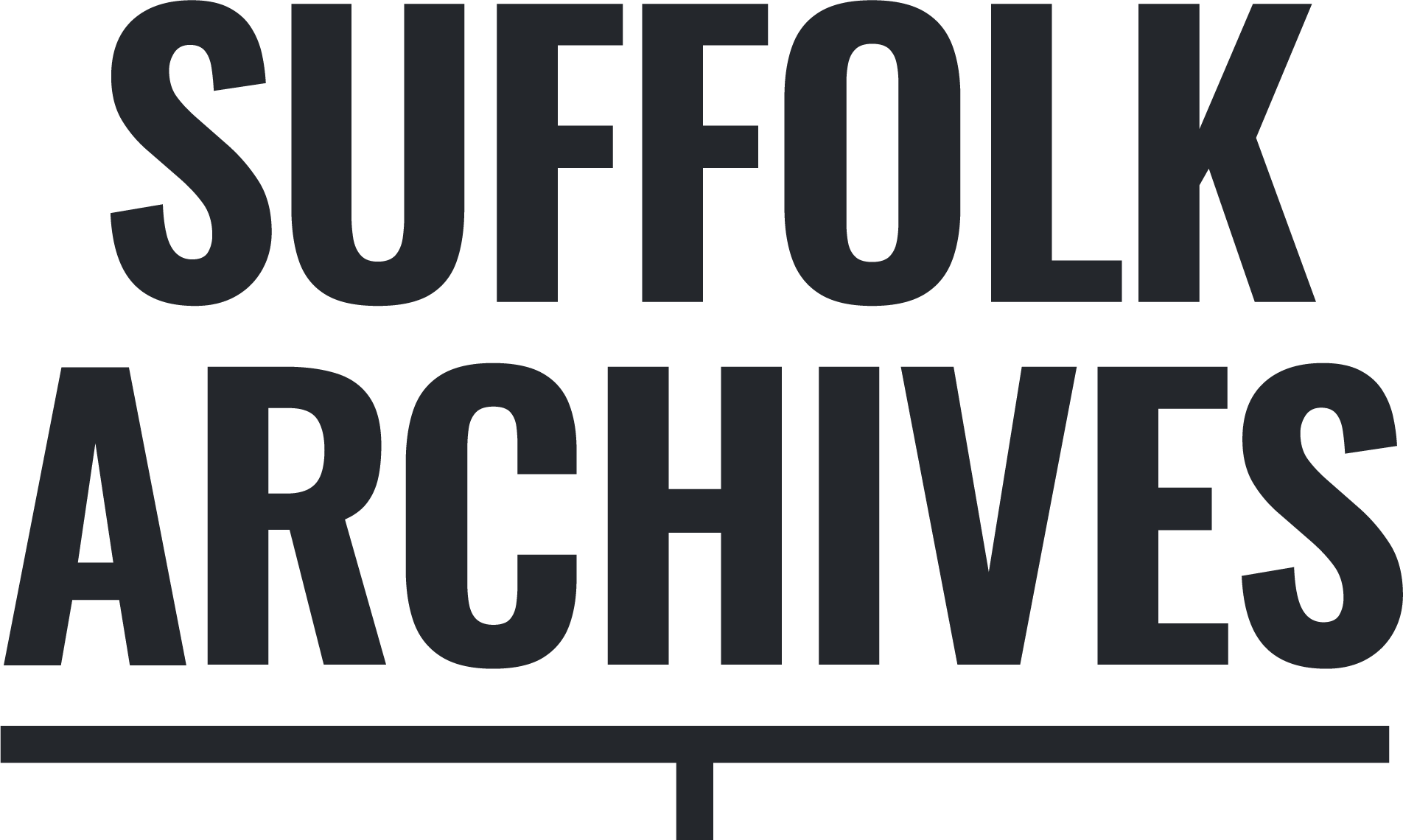Departures: Part Two
History students from the University of Suffolk have explored stories of emigration from Suffolk as part of their course.
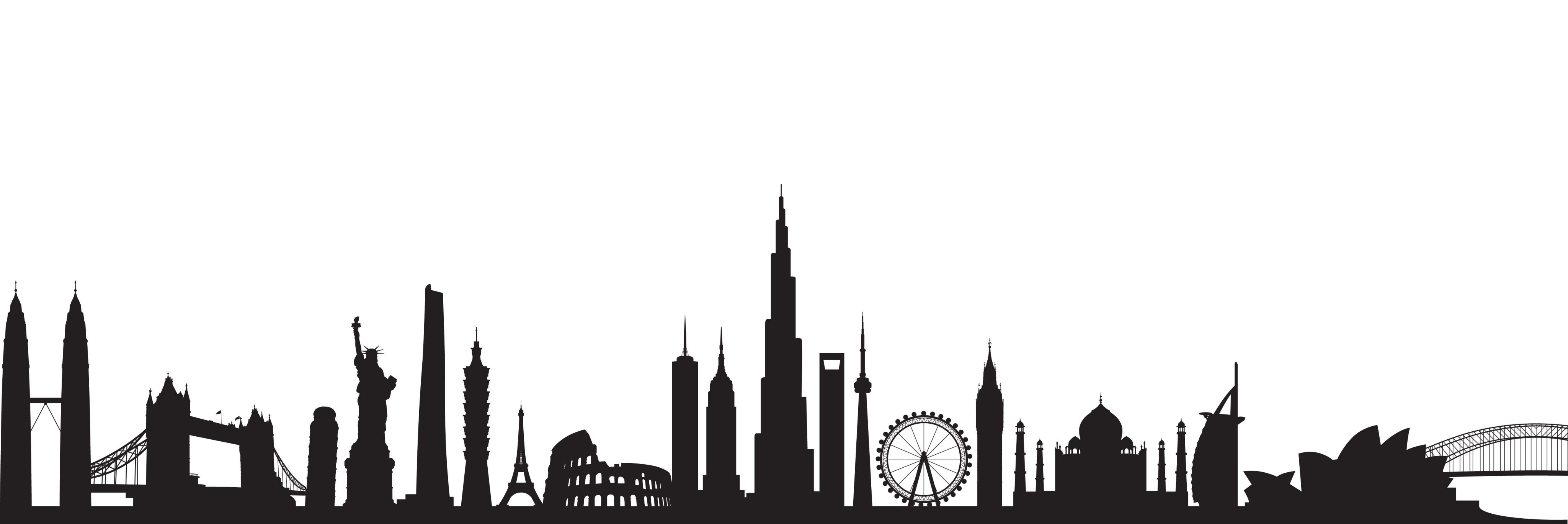
George Head's emigration to South Australia
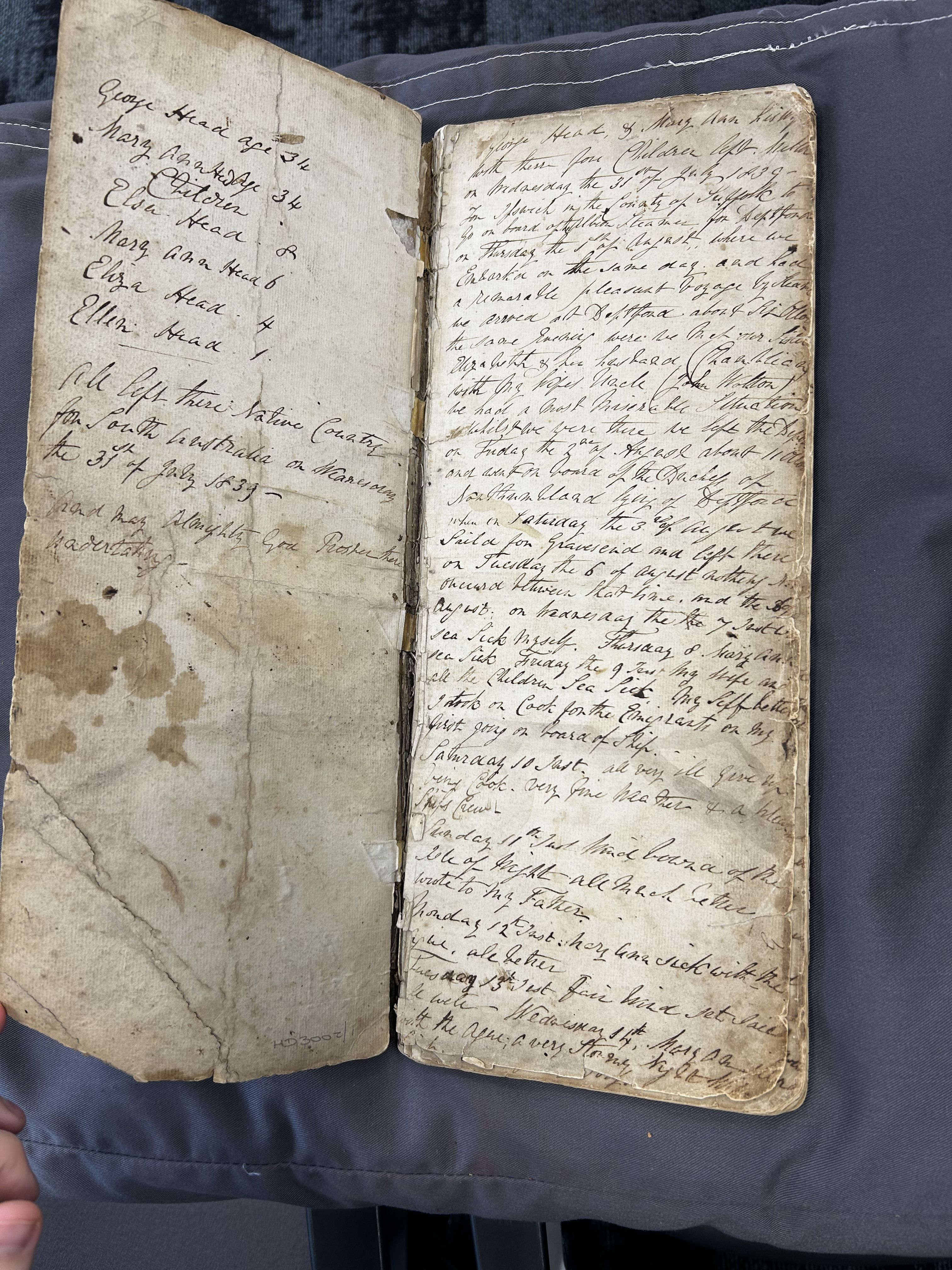
George and his family.
George 34 was from Melton and travelled to Australia for a better life with his family.
George travelled with his wife and children. His wife, MaryAnn 34. His 4 children were Elsa 8, Mary Ann 6, Eliza 4 and Ellen 1.
George travelled on the Duchess of Northumberland on the 2nd of August and arrived at Port Adaline on the 19th of December in 1839.
George documented his journey on board the ship in his "voyage book" and sent it home to family members. When settled George also wrote letters explaining the differences between Suffolk and South Australia. The Journal and letters are available to view at the hold.
Who was travelling to Australia?
During the period of 1820-1840 many different types of people were travelling to Australia. Immigration rapidly increased during the period of 1830’s.
The wealthy- The wealthy would travel for a variety of different reasons one being the number of money-making opportunities which were available. Aboard the ship the wealthy would by a ticket which didn’t place them in the same areas as the poor and ensured they wouldn’t be in dire conditions onboard ship.
The Poor- The poor would travel for essentially a better life or an opportunity to rebuild and start fresh. The government also prompted the poor aboard to populate the new colony. The government sometimes would pay for the ticket for the journey and the first week of life in Australia to get started.
Convicts- During the 1830’s criminal transportation was lower than immigration in 1839 it averaged to 4 passengers to 1 convict.
This is a image of George Head's Journal available to view at the Hold
This is a image of George Head's Journal available to view at the Hold
This is a image of George Head's Journal available to view at the Hold
This is a image of George Head's Journal available to view at the Hold
The Duchess of Northumberland Journey.
The ship started out in Deptford and travelled through the River Thames to Dover then out into the Bay of Bisque.
The boat then passed Western Africa then headed straight to Southern Australia
George documented all aspects on board from beginning to end.
This Map was created by Gilbert in 1839 and what he thought the world looked like.
What happened on board?
The "Great Britain" before leaving Liverpool for Australia, 1860s. This boat would be similar to the one George and his family boarded. (image from State Library New South Wales)
The "Great Britain" before leaving Liverpool for Australia, 1860s. This boat would be similar to the one George and his family boarded. (image from State Library New South Wales)
Who was on board ?
The Captain was Captain Frederick Geare and consisted of 251 passengers and crew who were made up of by different classes of people.
There were 6 families who were from the upper-class and had their own cabins, none of these passengers had passed away during the journey
On board was several crew which all had vital roles during the journey.
Surgeon- Mr Palmer. Mr Palmer was wrote about in George's journal as he pronounced the death of some passengers.
Weather and food on board.
Throughout the journey George wrote a few words every day about the wind on board. These were:
-Fair Wind -Foul Wind -Dead calm George mentioned his family feeling seasick due to the choppiness of the sea.
Food
George did not write down much about how much food he ate or what he ate on board the ship.
On board most emigration ships food was rationed to ensure there was enough for the duration of the journey. With meats being pickled so they last. Emigrants would have picked a chef to cook for them.
This is a plan of an Emigrant ship and the migrants cabins accommodation from 1844. (Image can be found at Royal Museum Greenwich)
This is a plan of an Emigrant ship and the migrants cabins accommodation from 1844. (Image can be found at Royal Museum Greenwich)
Seeing other ships.
George documented different boats which the Duchess of Northumberland George's.
On the 5th of October 1839 when voyaging past south America the Captain raised his sails ‘to a large ship the island of trinadada’.
On the 9th of December, George had interaction with another ship, the ship was called Caroline. Another ship from England. It was moving closer to Georges ship the captain sent 5 crewmates over and they retuned. George's captain ordered for a barrel of al, a cask of white biscuit and a barrel of flour to be sent to them. There isn’t reasoning why It could be a need or a general gift. George had also written that he had knowledge of a fellow Suffolk friend who was onboard the Caroline. William Taylor and Belle Freeman from Hollesley.
This is an Atlantic Yellow Nose Albatross. They are now endangered animals. (Image from oceanwide expeditions)
This is an Atlantic Yellow Nose Albatross. They are now endangered animals. (Image from oceanwide expeditions)
Hobbies
George took up the roll of chef for the emigrants on the 8th of August and gave the role up the following day.
There is no reason stated by George for this but his wife and children were falling ill at this time.
During the time on ship George wrote about the different animals he caught whist on board. On the 5th November in calm waters George caught a large blue shark.
Following that on the 15th of November George documented that 2 large albatross (large seagulls) were caught on the ‘poop’ of the ship.
Life, Death and Crime on board.
Births
Whist on board the ship George documented the birth of a few children. On the 13th of October George documented that one of his emigrant friends had given birth to a baby and named her Rhoda Augusta Northumberland Hewitt. After the ship in which she was born on.
Illness and Death.
Whist on board sickness was unavoidable for all of the emigrants. The living conditions were dire and George wrote everyday about his families health and the death of other emigrants. The surgeon would carry out the reasoning of death of the person who died. During the Journey the highest percentage of death was with children under the age of 2.
George never scribed the cause of death for the children however it can be factors of the tight living conditions on board, scurvy and dysentery were the common causes of death on board of ships at the time.
There was also deaths of at least 3 women who left behind husbands and children. All of the passengers but one were lower class emigrants.
Small funerals were held for the dead with a prayer ceremony spoken by the surgeon and family members. The deceased were then placed in the ocean. The body's were "committed to the deep" within 24 hours of them passing away to avoid spread of disease.
Crime on board.
There was a trial on board during the journey between the emigrants. George documented that on the 2nd of October Robert Pepperell was put on trial for defaming of character of other emigrants and defrauding them of provisions (food and drink.) George had a role in the trial he was the crier of the court. His role was to make the announcements of the result from the trial. Robert Pepperell was found guilty and sentenced to 2 lashes per male emigrant.
Image :Engraving, 'Burial at Sea', by unknown artist, taken from the Australasian Sketcher, November 1880.
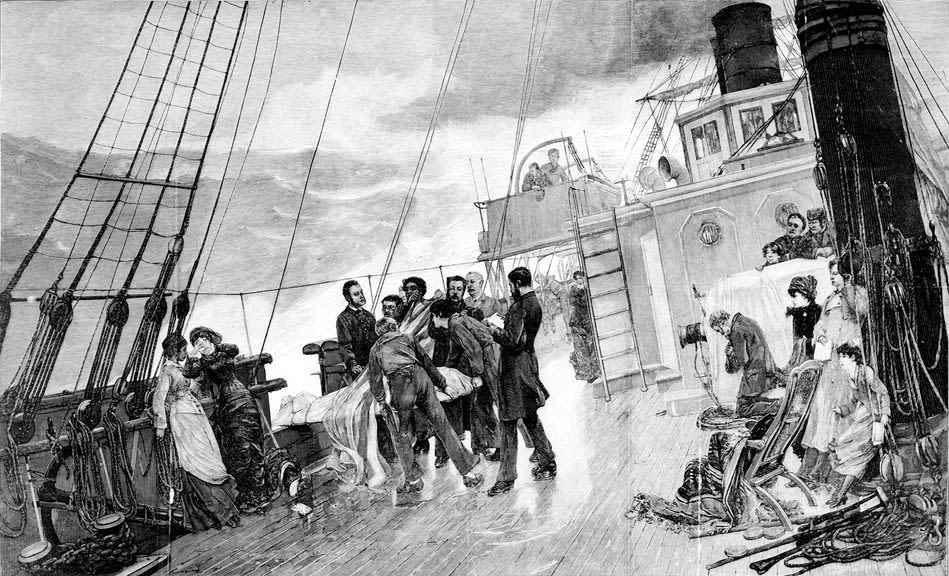

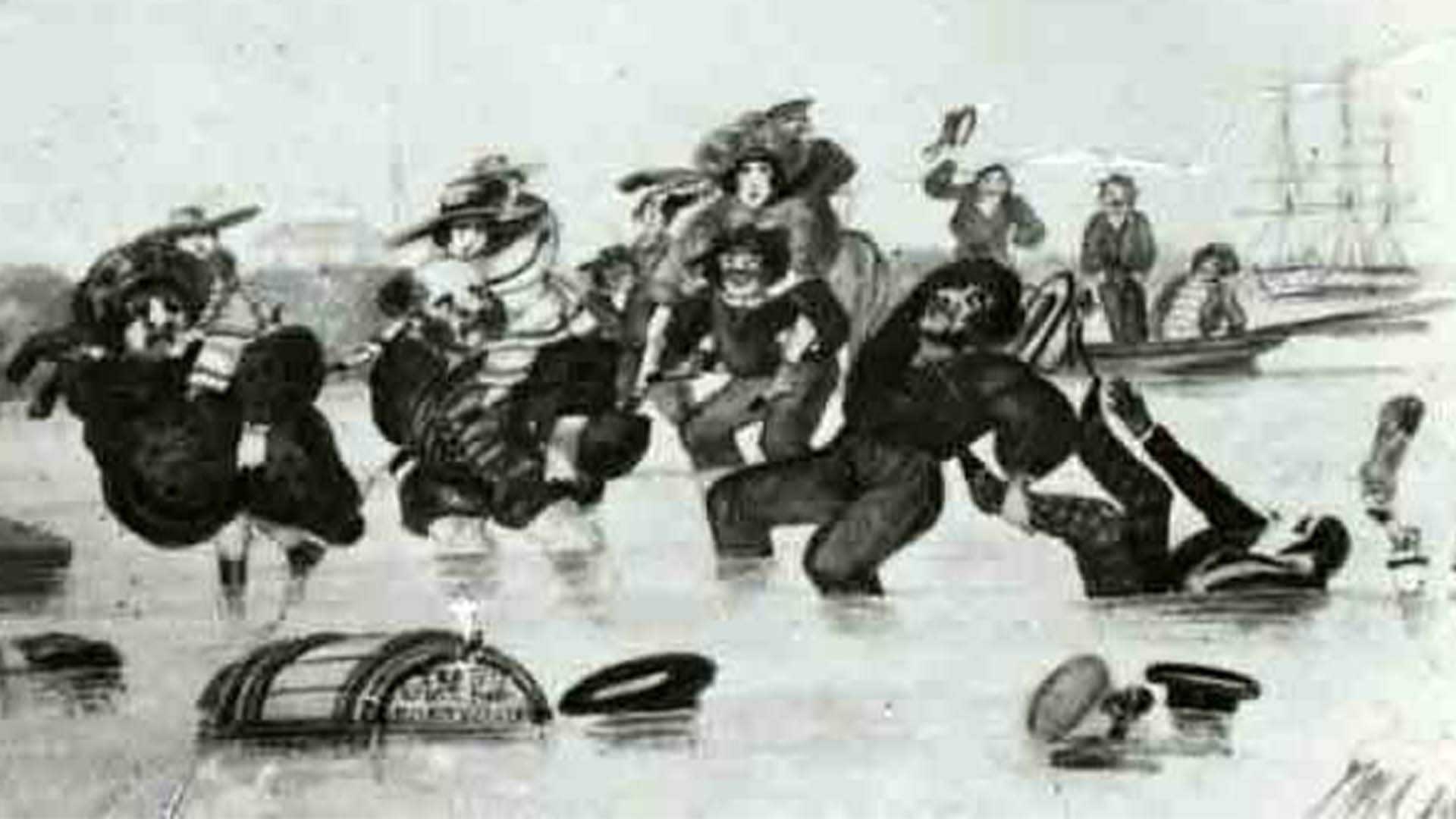
Arrival at Port Misery.
The Duchess of Northumberland arrived on the 19th of December 1839
Arrival and departing at Port Misery.
The Duchess of Northumberland arrived at the Port of Adelaide on the 19th of December. This Port is unofficially named Port Misery because you would have to walk in waist high water to get to land.
On the 19th of December Georges wife and children were carried to land. George wrote about how funny it was for women to be carried in ways which didn't keep up to Victorian norms. MaryAnn and her children had no where to stay when they got to land. George documented that there was large wooden homes but no furniture inside.
MaryAnn and her children were taking in by a women for the night.
George headed for land on the 20th of December. George had scurvy (lack of vitamin C). This had led to him having very sore legs. Because of this he was carried by the crew.
Thoughts of home and settling in.
Food was given to families when they had arrived. Families would be assessed by the commissioners and gave food allowances to get families started for their new life.
George's family received:
1. 11kg of Mutton/Beef 2. 7kg of Flour 3. 12kg of Rice 4. 1.8kg of Sugar 6. 600g of Tea 7. 2 Pints of Vinegar
Letters to family.
George wrote letters back home to his family. In this he described different aspects of his new life and the natives who were there before him and comparisons to Suffolk.
Landscape: It was a dirty and dusty place with few buildings but it was coming together slowly. George could see a mountain from where he was living.
Transportation: Prisoners who were transported from England did help build Southern Australia. George wrote that he thought transportation for some crimes were very strict. George had came into contact with a women who was transported for 7 years for stealing a glass out of a public house. (Pub)
Natives: George didn't write too much regarding the Aboriginals however did write about an interaction with them. They would walk around naked but also fetch essentials for them. George saw them as frightful but very civil.
Crime in Australia: According to George the law system was the same as it was in Suffolk. The coroners' inquests held over dead bodies were also the same as it was in Suffolk. In Australia the town had 16 horse police officers. George described that 2 men were sentenced to hanging for a very trifling offence.
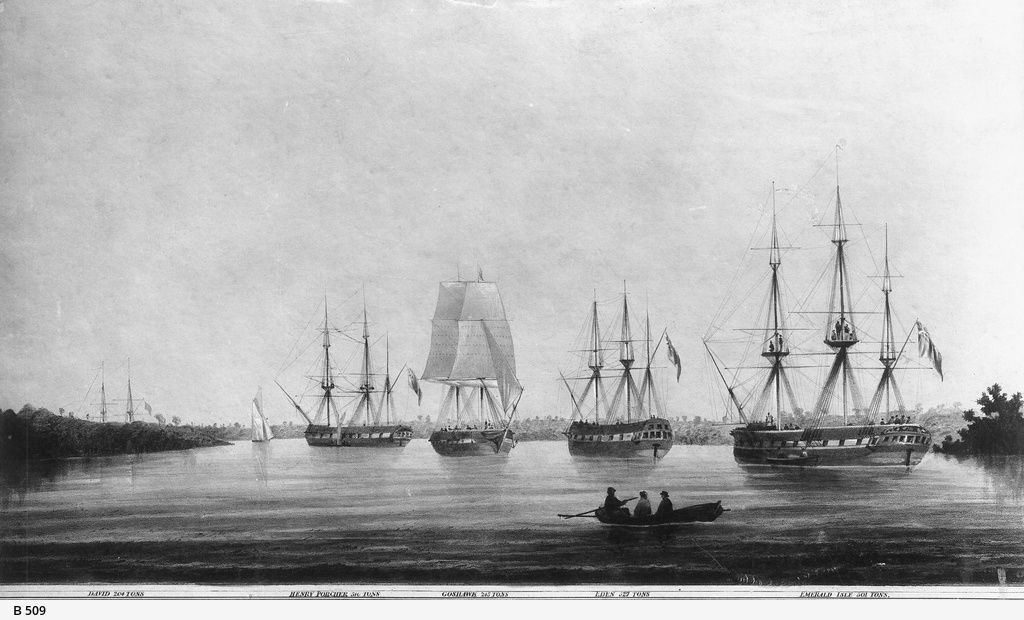
Gosnold and the Godspeed
Suffolk to Virginia
(The image on the right is sourced from the Hold, available at the Suffolk Archives: HD 1643/4/60)
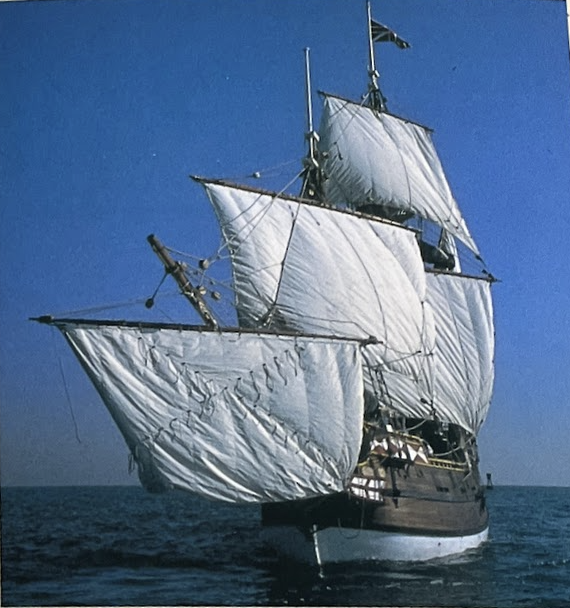
Introduction
(This image on the right is sourced from the Hold, available at the Suffolk Archives: HD 2272/153/2/14/29)
Using this map I will show the journey, that the ship Godspeed took on the expedition from London to Jamestown, Virginia.
The ship Godspeed departed from port in London on the 20th of December 1606.
The ship sailed around the coast of Tenerife on its journey, and stopped in the Canary Islands and Puerto Rico. The journey was delayed due to unfavourable winds.
The ship made a stop in Puerto Rico.
They then arrived at their destination in Jamestown, Virginia in May 1607and made a settlement.
This map shown on the right is from a leaflet produced in 1985. The leaflet was for the re-creation of the original voyage in 1607, the map shows the original route taken and the same route the re-creation followed.
(This map is sourced from the Hold, available at the Suffolk Archives: HD 1643/4/60)
This shows where the ship departed from in London, England following on from this across the map you can follow the line to trace the journey made. Whilst also being given measurements taken of distances on their voyage.
A crucial detail that the map includes is the Characteristics of the boat and the exact miles of the total journey 5,955 miles.
This shows the final stop in Puerto Rico before reaching its destination in Virginia.
Jamestown, Virginia where the settlement is established.
Why did the voyage take place?
The voyage of the Godspeed to Virginia was sponsored by the Virginia Company of London, which was a business venture that was formed in order to organise a voyage to Virginia to establish a colony. The voyage from London to Virginia took four months and the three ships arrived at the coast of Virginia in late April. Before a two-week exploration of the inland waterways in order to reach the selected settlement on May 13th 1607. Later in July 1607, the Godspeed and the Susan Constant returned to England leaving the Discovery in Virginia. The ship was used for coastal exploration and Chesapeake Bay.
The settlement of Jamestown, Virginia, established in 1607, was the first permanent English settlement in the Americas. And was named after James I the English monarch .The settlement served as the capital of Virginia until 1699. The primary purpose of this settlement was to secure a foothold in the New World and to spread English ideas, culture, politics and religion. As prior to this the Spanish were dominating the new world, and so the english wanted to enter the competition.
On the right is a picture of John Smith an explorer he was part of the establishment of the Jamestown colony and was made the third president of the council in Jamestown. Following on from this he became a leader of the Virginia colony between September 1608 and August 1609. During this time he went on to be the first English explorer to map the Chesapeake Bay area and he later went on to map the coast of New England. He played a crucial role in the settlements success as he trained the settlers on how to farm and fish effectively, in order to become self sufficient and henceforth saving the colony from devastation.
(The picture on the right is sourced from the hold, available at the Suffolk Archives : HD 1643/4/60)
British Child migration schemes
Content warning: abuse
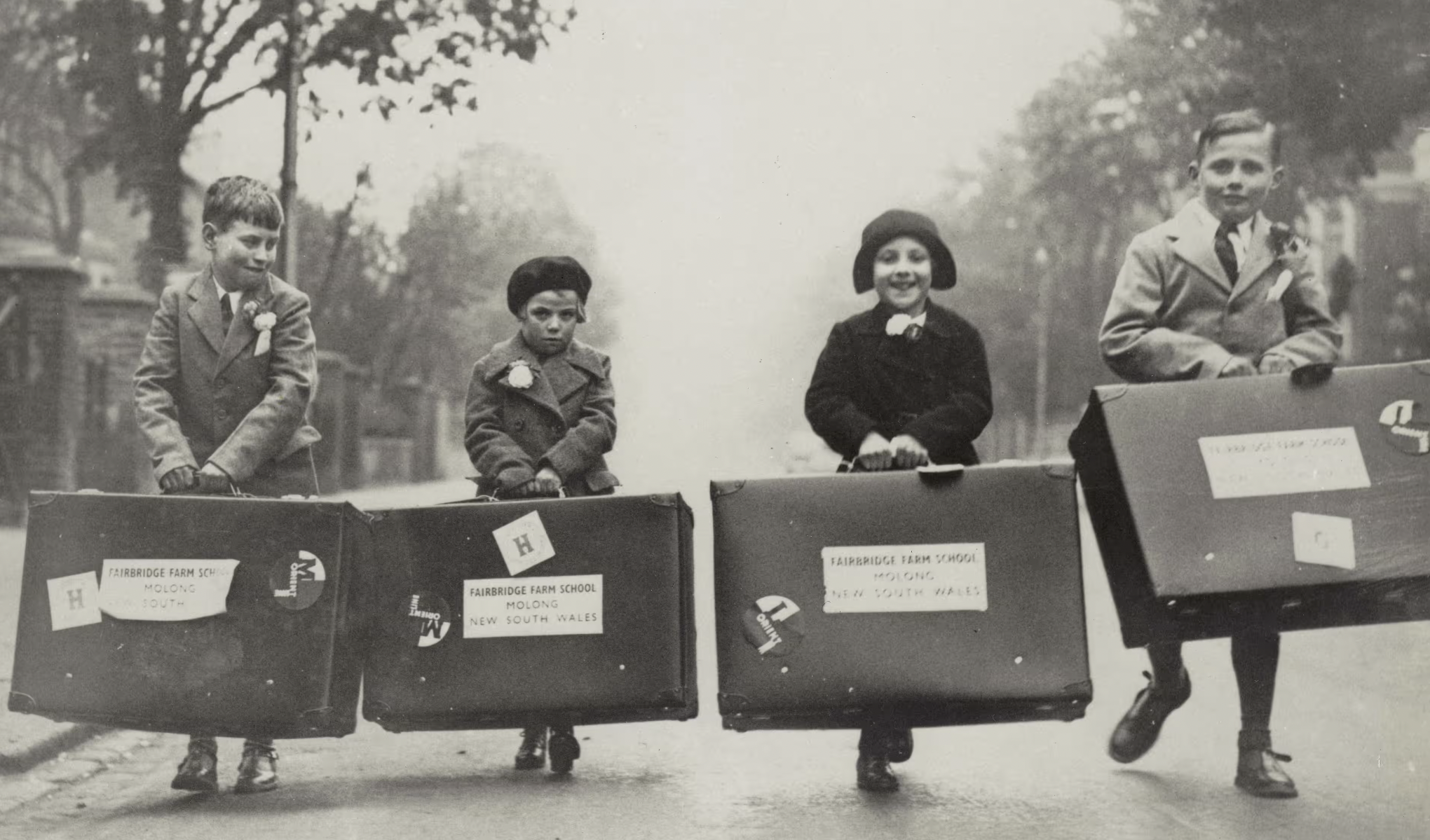
Background Information
A total of 150,000 British children, mostly in state care, are thought to have been transported abroad from the UK in various waves. The majority of British children were transferred alone to the "new Dominions" between the 1870s and the mid-1930s, however the first child migration from the UK occurred in Virginia,in the USA, in the early 17th century. During this time, they were transferred to South Africa, Australia, Canada, Rhodesia (now Zimbabwe), and New Zealand, all of which had been colonised as part of the British Empire.
Most children were removed by the poor law guardians in parishes, to reduce the unsightly scrounge of destitute children on cities and towns streets, but also to reduce the financial burden on the poor law rates paid by the property owners.
Starting in the 18th century criminal children who were convicted from the age of seven, were transported to the United States and Australia.
From the 1850s started the years of the great philanthropist or child savers. They established organisations to facilitate emigration of children from Britain to the colonies, including Dr Barnardo, Annie MacPherson, Church of England waifs and strays society and the Catholic Church to name a few. Britain was keen to populate its colonies, and the colonies wanted to increase their numbers with British stock and a ready supply of labour for farms and domestic servants. Young children could be moulded into good colonial citizens and girls would be sent out to offset the colonies desperate shortage of women.
The Doyle report of 1875, the government inquiry into child migration painted the miseries in store for children and concluded forcefully that child migration was wrong. It's criticisms and recommendations we are constantly ignored for the next 100 years.
Map of countries children were sent to
Map of countries children were sent to
A group of children from a school in Stevenage were among those to be sent to the Fairbridge school in Molong, Australia
A group of children from a school in Stevenage were among those to be sent to the Fairbridge school in Molong, Australia
Canadian leaflet about child migration from 1924: Courtesy of the Child Migrants’ Trust
Canadian leaflet about child migration from 1924: Courtesy of the Child Migrants’ Trust
Annie Macpherson
Annie Macpherson
Immigration of Home Children to Canada
More than 100,000 children of various ages were transported from the United Kingdom to Canada between the late 1860s and 1948 in order to work as domestics and indentured farm labourers. Of those Canadians thought were orphans, only about 12 percent were. More than 50 organisations, including the well-known and still operating charity Barnardo's, The Salvation Army, and Quarrier's, to mention a few, sent these kids to Canada.
Barnardo's sent over thirty thousand children here and was by far the largest organisation sending children to Canada. Many BHC were referred to be "Barnardo Home Boys" even though many of them were recruited from other groups.
Most of these kids weren't taken from the streets; instead, they came from intact families that had fallen on hard straits due to the illness or even death of one of their parents. The family had no choice but to turn their children over to the organisations since there was no social structure in place to assist them in overcoming these challenging conditions.
There are documented instances where parents returned to pick up their children only to discover that they had already been sent away, indicating that this was occasionally intended to be a stopgap measure until the family recovered. Parents occasionally received a message stating that their children had been emigrated a week prior, known as after sailing.
These kids should not be confused with "Guest Children," who were temporarily transferred from evacuation zones in the United Kingdom to Canada during World War II in order to protect them from places that were being attacked. Some of the British Home Children never saw their families again after being sent off to labour.
The Industrial Revolution gave rise to the child migration program. In search of employment and a better life, many people relocated to cities, breaking apart traditional extended families. Therefore, there was no direct family nearby to take them in if one of the parents passed away. Workhouses were overcrowded, and British children who had been abandoned lived and perished on the streets.
However, the terrible reality was that many children were virtually abandoned to new lives that were worse than their previous ones, and that monitoring of children's placements was frequently neglected. The siblings were split apart. In addition to helping with children and household chores, girls also helped farm women in the fields. Boys were turned into incredibly overworked farm labourers.
Many of these youngsters suffered, even if some of them were practically adopted and accepted into the households they worked for. Children might be reassigned and returned. A lot of them were transferred from one farm to another. Some committed suicide, others fled or just vanished, while yet more passed tragically from illnesses or injuries brought on by abuse and neglect.
At the very least, children in the United Kingdom and North America were viewed as inferior to their Canadian counterparts due of the widespread eugenics concept. Just because they were impoverished and in need of assistance, they were stigmatised as such. These kids were frequently made to feel ashamed and ridiculed for being Home Boys or Home Girls in the communities where they were supposed to be raised and cared for. Many Home Children kept quiet about their origins for the rest of their lives because of this embarrassment.
The National Archives
The National Archives
A group of Barnardo’s children going to Canada. Surrey, England. September 20, 1912. Image by Daily Mirror. Courtesy of Canadian British Home Children
A group of Barnardo’s children going to Canada. Surrey, England. September 20, 1912. Image by Daily Mirror. Courtesy of Canadian British Home Children
Group of boys working in a field at the Philanthropic Society Farm School, 1898-1910, Redhill, Surrey, England.
Group of boys working in a field at the Philanthropic Society Farm School, 1898-1910, Redhill, Surrey, England.
The British Home Child Stamp released September 1 2010 by Canada Post
The British Home Child Stamp released September 1 2010 by Canada Post
Dr Barnardo
The year 1845 saw the birth of Thomas John Barnardo in Dublin, Ireland. He relocated to London as a young man to pursue medical training.
Poverty and illness were so pervasive at the time that one out of five children passed away before turning five. Barnardo realised that the children left behind required assistance after a cholera outbreak devastated London's East End, killing 3,000 people and leaving many children orphaned.
He established a "ragged school" in 1867 where kids could receive a free foundational education. Jim Jarvis, one of the school's boys, made Barnardo aware of the plight of the kids in the East End, where they were sleeping in gutters and on roofs. He was so moved by what he seen that he abandoned his medical education to devote all of his energies to aiding underprivileged youngsters.
Nearly 30,000 children were moved by Dr. Barnardo's organisation between 1882 and 1939, with the bulk reaching Canada before 1924. After the children were rescued from their parents or the streets, Barnardo's established two homes in England, one for boys and one for girls. Before being sent to one of Barnardo's reception homes in Canada, some kids were first placed with couples or families in England for a few months to a few years. In Russell, Manitoba, Barnardo also established a farm for boys. Among the child migrant organisations, Barnardo's is the most well-known and continues to operate today.
Both Canadians and the British organisations that provided funding initially embraced these and related organisations. On both sides of the Atlantic, however, suspicion and charges of financial gain, child mistreatment, and fraudulent marketing surfaced in a matter of years.
Dr Barnardo
Dr Barnardo
Controversy around Dr Barnardo
While Barnardo is well-known for aiding thousands of children by giving them free schooling, food, shelter, training, and general advice, some people have doubts about how he accomplished all of this.
He was charged with kidnapping children from families he believed were not providing adequate care and bringing them to one of his organisations in order to improve their quality of life. Legal documents state that things frequently occurred without the parents' consent or knowledge. In actuality, Barnardo appeared in court more than 80 times, primarily for kidnapping. Furthermore, because of his skill at eloquence and his good name, he was never actually imprisoned, despite the fact that he frequently admitted to these charges.When it came to'rescuing' children from problematic households, he himself believed that the goal justified the means.
It was also claimed that several of his residences and schools lacked adequate conditions to house children and were unhygienic. Finally, he put youngsters to labour in former colonies, which led to a significant child migration controversy from which he would never fully recover.
Link Below to view the Newspaper article.
https://archive.spectator.co.uk/article/27th-october-1877/9/dr-barnardos-case
27 OCTOBER 1877, Page 9. DR. BARNARDO'S CASE. The Spectator Archive
27 OCTOBER 1877, Page 9. DR. BARNARDO'S CASE. The Spectator Archive
27 OCTOBER 1877, Page 10. DR. BARNARDO'S CASE. The Spectator Archive
27 OCTOBER 1877, Page 10. DR. BARNARDO'S CASE. The Spectator Archive
27 OCTOBER 1877, Page 10. DR. BARNARDO'S CASE. The Spectator Archive
27 OCTOBER 1877, Page 10. DR. BARNARDO'S CASE. The Spectator Archive
27 OCTOBER 1877, Page 10. DR. BARNARDO'S CASE. The Spectator Archive
27 OCTOBER 1877, Page 10. DR. BARNARDO'S CASE. The Spectator Archive
27 OCTOBER 1877, Page 11. DR. BARNARDO'S CASE. The Spectator Archive
27 OCTOBER 1877, Page 11. DR. BARNARDO'S CASE. The Spectator Archive
The Martin family
The Martin family lived in Ipswich on Ranelagh Road in the early 20th century. The first picture on the right shows the 1901 census. We can see the father Edward Martin and his wife Kathleen. We can also see Lilian Martin who is registered as Victoria L Martin aged one, who is one of the children we will be focusing on.
In the next picture we find their father, Edward in a local newspaper report.
19/7/1902 Ipswich journal- School Cases Edward Martin, Clerk, Ranelagh Rd, fined 10s.
21/11/1902 East Anglian Daily Times- Summons against Edward Martin of Ranelagh Rd for neglecting to cause children to attend school, fine 15s.
12/12/1902 East Anglian Daily Times- A commitment order against Edward Martin, cler 38, Ranelagh Rd, for unpaid penalty.
However in the 1911 census, Lilian is found in St John's Children's home with her siblings, Frank Harold(14), Olive(9) and Percy(8) (Percy was born at 38 Ranelagh Rd on 27/9/1902). The guardians of St John's Children's home assume the parental control of the preciously named children under the provisions of the Poor law Act 1899, on the account of unsatisfactory character of their parents'.
Many of the organisations and agencies caring for these children were motivated by social, economic and charitable forces to look to Canada as a new home for the children. Just like other children from this time they believed that the children would have better opportunities and a chance for a healthy, moral life in the Canadian countryside.
We then find the children have sailed on the ship Corinthian from London on the 10th Sept 1914 and arrive in Montreal in Quebec on 22nd sept 1914.
There aren't any first hand accounts from these children but there are accounts from children of a similar age and situation. See below:
They were taken out by the tender and boarded onto the ship where each of them had a medical examination and were returned to shore if they did not pass. The children were unprepared for the sea voyage and seasickness worsened their first experiences. A boy travelling in 1910 describes the accommodation aboard the Mongolian: “My cabin was in steerage... The cabin was over the works of the ship and the clank of the steering gear together with the whine of the propeller shaft, the smell of hot oil and steam, and no ventilation, drove me out. I spent my nights hidden in a corner on deck against a ventilator shaft for warmth.”
However, once they had become used to their surroundings, the children began to enjoy themselves. One girl in 1912 wrote: “We were happy on board with the other girls. We played games... The sailors and the captain were very good to us.” In general, the crew seemed to have really concerned themselves with the comfort of the children.
1901 Census
1901 Census
East Anglian Daily Times Summons against Edward Martin of Ranelagh Rd for neglecting to cause children to attend school, fine 15s
East Anglian Daily Times Summons against Edward Martin of Ranelagh Rd for neglecting to cause children to attend school, fine 15s
1911 Census
1911 Census
D1/28/2/89/1
D1/28/2/89/1
Passenger List for the Corinthian
Passenger List for the Corinthian
Barnardo’s Girls departing Liverpool 1909
Barnardo’s Girls departing Liverpool 1909
Allan Line Royal Mail Steamer ’Cortinthian’ which the Martin siblings travelled to Canada on
Allan Line Royal Mail Steamer ’Cortinthian’ which the Martin siblings travelled to Canada on
What was brought on the journey?
Girls Outfit
1 winter coat
2 hats (1 straw, 1 felt)
1 cap
3 service frocks
1 working frock
1 winter best frock
1 woollen house coat
Aprons
2 sets underwear langerie
2 print dresses
4 print aprons
3 white aprons
5 pair stockings
2 pair boots
1 pair slippers>Handkerchiefs
1 hair bursh and comb
1 housewife and other necessary perquisites
1 Bible
Writing material
Boys outfit
1 Overcoat, Scharfe
Hat & cap, gloves
3 suits
4 shirts, collar buttons
4 soft collars, 2 ties
Handkerchiefs
1 jersey
1 overalls
1 pair braces, belt
2 pairs boots
1 shoes
3 pair socks
2 sets woollen underwear
1 hair brush and comb
1 housewife (sewing kit)
1 Bible
Writing material
It is understood that no personal possessions, keepsake or toys were allowed to be taken on the journey. Each child was given a trunk and a small bag or suitcase on carry on board.
Both Lilian and Olive Martin were sent to Hazelbrae Girls home, Peterborough Ontario . Percy was sent to Barnardos reception home in Toronto, split from his sisters.
It is commonly known that some of the children were abused, and many were poorly treated by today’s standards. Many of those stories have been told and are heartbreaking to read.
What is less known is that most experienced a better life in Canada than if they had remained in the urban slums of Britain, trapped in poverty and held back by a rigid class system.
In Canada, many home children went on to own farms themselves. Others became teachers, carpenters, doctors, nurses, merchants, secretaries, clergy, tradespeople, politicians and a wide variety of other occupations. Many enlisted with the Canadian and British armed forces during the South African War and the two world wars.
As adults, some children from Barnardo’s Homes wrote to that organization’s magazines, telling about their life experiences. In the Guild Messenger, for example, there is a letter from Harold Green in 1970. He wrote that he was brought to Canada in 1901 and later worked in farming and lumbering. He served in the First World War, took an auto mechanics course and eventually worked for the Ontario Forestry Service, retiring at age 70 with a pension.
Quarrier Trunk – going to Brockville, Ontario
Quarrier Trunk – going to Brockville, Ontario
Packing/inspecting trunks
Packing/inspecting trunks
What happened to the Martin family?
Lilian Victoria Martin
Married Henry Rollings 5/9/1930 in Cobourg, Ontario
They had 5 children
Died 1993 in Cobourg, Ontario
Olive Martin
Married Joseph Smith in 1920 in Cobourg, Ontario
Had one son Merlin Smith
1951
Percy Martin
Died 13 Sept 1930 in Lethbridge, Alberta , Canada aged 27
In the Lethbridge Herald, 17th Sept 1930
“ Percy Martin, died of Typhoid, resident of New Drayton, Alberta. United Church. Survived by his mother Mrs Lillie Partridge in Ipswich Suffolk, 2 brothers and 2 sisters in Ontario. Brother of Mrs J Smith, Coulbough, Ont.
A memorial was created to remember the 9000 children who immigrated to the Hazelbrae home with Dr Barnardos
A memorial was created to remember the 9000 children who immigrated to the Hazelbrae home with Dr Barnardos
A memorial was created to remember the 9000 children who immigrated to the Hazelbrae home with Dr Barnardos
A memorial was created to remember the 9000 children who immigrated to the Hazelbrae home with Dr Barnardos
Acknowledgement and Apology
In the decades since Britain formally stopped shipping children abroad, numerous inquiries and investigations, along with testimonies from former child migrants, have highlighted the enormity and tragic reality of forced child migration schemes.
In 2009, Australian Prime Minister Kevin Rudd apologised to Britain’s former child migrants and forgotten Australians. The next year, Prime Minister Gordon Brown delivered an Apology, acknowledging the shameful way British former child migrants were treated by their country, and announced the Family Restoration Fund to reunite families that were torn apart.
However, the struggle for appropriate recognition and redress isn’t yet over. The Child Migrants Trust is currently campaigning for the UK Government to Honour the Apology of 2010.

